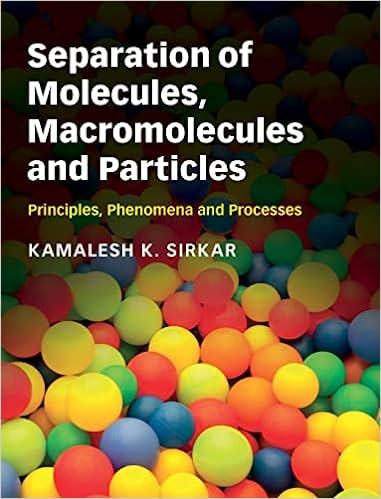Answered step by step
Verified Expert Solution
Question
1 Approved Answer
Q2. N_(A)(x)=10^(14)+10^(18)e^(-10^(4)x) , where x is measured in cm . j_(n)=qmu _(n)n(E+V_(T)(1)/(n)(deln)/(delx)), and ,j_(p)^(T)=qmu _(p)p(E-V_(T)(1)/(p)(delp)/(delx)) i. Using the relevant equation from the equations mentioned
Q2.
N_(A)(x)=10^(14)+10^(18)e^(-10^(4)x), where
xis measured in
cm.\
j_(n)=q\\\\mu _(n)n(E+V_(T)(1)/(n)(deln)/(delx)), and ,j_(p)^(T)=q\\\\mu _(p)p(E-V_(T)(1)/(p)(delp)/(delx))\ i. Using the relevant equation from the equations mentioned above, demonstrate that the material must have a nonzero internal electric field
E.\ ii. What is the value of
Eat
x=0and
x=5\\\\mu m?\ (Hint: In thermal equilibrium, the total electron and total hole currents must each be zero.)

Step by Step Solution
There are 3 Steps involved in it
Step: 1

Get Instant Access to Expert-Tailored Solutions
See step-by-step solutions with expert insights and AI powered tools for academic success
Step: 2

Step: 3

Ace Your Homework with AI
Get the answers you need in no time with our AI-driven, step-by-step assistance
Get Started


